The journey of healing the inner child is a powerful and transformative process that enables us to address and resolve deep emotional wounds from our childhood. Often, we find ourselves encountering repetitive challenges or experiencing the same patterns in relationships.
This is possibly due to the fact that you are attracting people and events that correspond to the pains of your inner child. In this post, I want to focus on the topic of healing your inner child and provide you with some healing your inner child exercises for you to practice.
Additionally, I will share a very simple yet effective healing your inner child exercises that you can start practicing today.
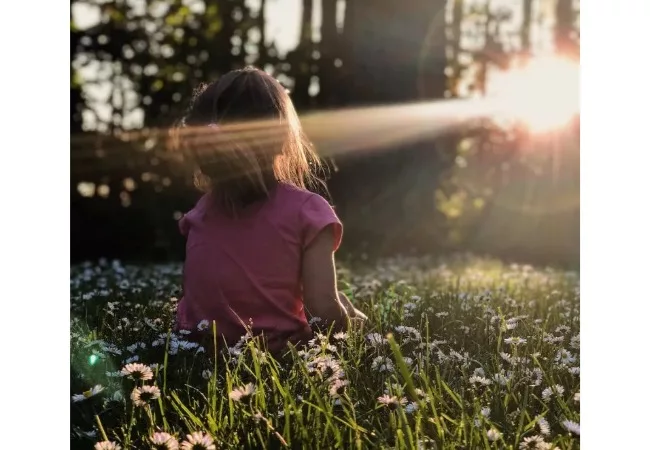
Healing your inner child exercises
What is the inner child?
The inner child is something that often get talked about by therapists and mental health professionals, but do you truly grasp its meaning?
The inner child represents the vulnerable and sensitive aspect of ourselves that develops during our early years, holding memories, emotions, and beliefs that shape our perception of the world and influence our adult behavior.
For example, something happened to you when you were 6-7 years old and made you feel hurt and traumatized. This experience may make you more vulnerable or sensitive to certain situations or topics. Consequently, when faced with similar situations or triggers later in life, you might react as a 6 or 7-year-old child who has been hurt. You could be doing childlike things, like screaming out or throwing a tantrum. It’s not a lack of maturity; rather, you are responding from a place of wounded inner child. That’s why we have to do inner child work.
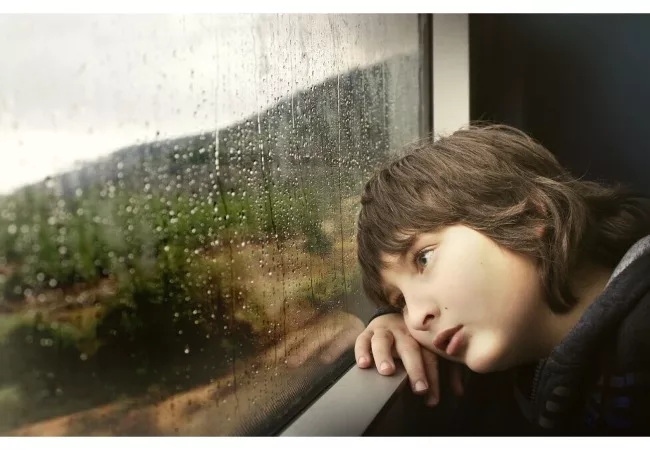
The connection of the two sides of our brains
According to research studies, in most people, the left side of the brain is the dominant one, responsible for language, logical reasoning, and analytical thinking. The right brain seems not to be involved in many essential tasks that occur in our everyday life. People often say the right side of the brain is responsible for our subconscious behavior, irrational reactions outside our conscious control, but the true effects of the right side of the brain were only clearly revealed in science in the 1960s.
In the 1960s, studies conducted on split-brain patients by neuropsychologist Michael Gazzaniga and his colleagues revealed interesting information about the different functions and roles of the left and right brain.
When a group of patients underwent a significant surgery where the corpus callosum, the thin nerve fibers that connect the right and left sides of the brain for communication, was cut and separated, scientists were able to observe behaviors related to this. Some interesting observations include:
“In one case, a man lit a cigaret with one hand and the other hand knocked it out of his mouth, indicating that one hemisphere of the brain wanted the cigaret while another hemisphere of the brain didn’t want to smoke. Another person was about to attack a relative with one hand. His other hand grabbed hold of the hand that was about to attack and assault and stopped him from acting out on the impulse.
More interestingly, when they gave split-brain patients questionnaires with neutral questions both hands would answer the question with the same answers. In one case, however, when a person got asked about being bullied 30 years previously, an emotionally heavy question, the right hand, which was conscious, responded that the experience didn’t bother the person at all. The left hand, however, which was expressing the unconscious realms of the right brain, answered that he was still extremely wounded and emotionally upset by the events from 30 years ago.“
So the conclusion from this makes me understand one thing clearly. Even when you think you are fine, deep down, you are always the result of past emotional pain from your subconscious mind. Some past traumas, even if they seem very long ago, still have an effect on you in certain behaviors and patterns. You may not even realize that you are acting out of pain and resentment. And that’s why we need to do inner child work.
The right brain – the inner child
The inner child represents the right-brain, emotional, creative, and subconscious mind within us. It is the vulnerable and feelings-oriented aspect of our personality, often associated with our “gut” instincts.
The development of the right brain is significantly influenced by our experiences during the first five years of life, playing a crucial role in shaping our emotional responses and well-being. This is why we refer to it as the inner child.

The left brain – the inner adult
The inner adult, on the other hand, represents the left-brain, logical, analytical, and conscious mind. It accumulates knowledge and experiences throughout our lives. While the inner child is associated with our feelings and state of being, the inner adult is responsible for our thoughts and actions.
When our inner child remains wounded or unattended, it can manifest in repetitive patterns, self-sabotage, and difficulties in relationships.

Recognizing the signs of an unhealed Inner Child:
The signs of an unhealed inner child may include but not limited to many signs such as:
Repeating negative patterns or getting caught in self-destructive cycles
Struggling with self-esteem and self-worth issues
Experiencing difficulties in establishing healthy boundaries, such as finding it hard to say no to others, not prioritizing yourself, and having a tendency to be a people pleaser.
Feeling disconnected, numb, or emotionally overwhelmed, especially in triggered situations where the real events may not be that serious or where you may interpret others in a certain way that doesn’t necessarily reflect the truth.
Engaging in self-sabotaging behaviors or addictions
John Bradshaw, a renowned author and speaker stated that :
“Inner child healing is a profound journey of self-discovery and self-compassion. It is the process of reclaiming and nurturing the wounded, vulnerable parts of ourselves that were neglected or hurt in childhood.
By reconnecting with our inner child and offering love, understanding, and validation, we can heal the deep wounds that have shaped our beliefs, behaviors, and relationships. Inner child healing invites us to embrace our innocence, creativity, and joy, and to release the burdens and limitations that have held us back.
It is a courageous act of self-care and self-love that empowers us to transform our lives and create a brighter future. Through inner child healing, we can finally give ourselves the love and acceptance we have always deserved.”
Healing your inner child exercises
Practice Reparenting
If we have experienced neglect or abandonment during our childhood, it can result in pain and trauma for our inner child. One common consequence is the feeling that we are unloved or unworthy of love. This is when we become our own parents, taking on the role of loving and healing that inner child inside of us.
Let yourself feel what is there
The first part of effective healing your inner child exercises is recognizing your own negative pattern and understanding its roots. It involves giving ourselves permission to experience and express our emotions without judgment or dismissal.
Instead of suppressing or ignoring our feelings as we used to do, we learn to honor them and recognize their significance.

Validation is an act of offering compassion and understanding to our inner child. We acknowledge those feelings and don’t judge ourselves for feeling that way. This is the first step to creating a safe space for emotional healing and providing the love that may have been missing in our past childhood.
Give yourself the love that you missed out
You can plan playdates with your inner child. On that day, engage in activities you love, whether it’s self-care, enjoying music, playing games, or eating your favorite foods. During this time, spend moments talking to yourself, creating a genuine conversation between a child and an adult. Discuss problems, negative beliefs you may be holding, identify triggers, and when emotions arise, console yourself just like a parent does for their child. Tell yourself what you wished to hear as a child from your parents.
Another way is to keep a photo of your younger self in a place where you can easily see it, and using affirmations to remind your inner child that the adult version of you is always there to support and care for them.

Inner Child Dialogue Method
You can start this method by finding a quiet and comfortable space to get yourself unwind and start to reflect on your inner child.
Close your eyes, take a few deep breaths.
Visualize yourself as a child, either at a specific age or in a general sense. Allow the image of your inner child to appear in your mind’s eye.
Initiate a conversation with your inner child. Begin a gentle conversation, asking your inner child how they feel and what they need from you.
You can identify or review one or more situations that triggered or upset you by using the following set of questions:
- Can you recall a specific situation or event that triggered or upset you recently?
- Where and when did this situation occur?
- How did you immediately feel when this situation happened?
- Do you notice any physical sensations in your body when you think about this situation? Where do you feel it?
- Did you have an immediate reaction to the situation, or did you feel the urge to withdraw and stay quiet?
- Does this situation remind you of any past experiences or similar situations from your childhood or earlier in life?
- How does this current situation resemble or related to any event happened in the past?
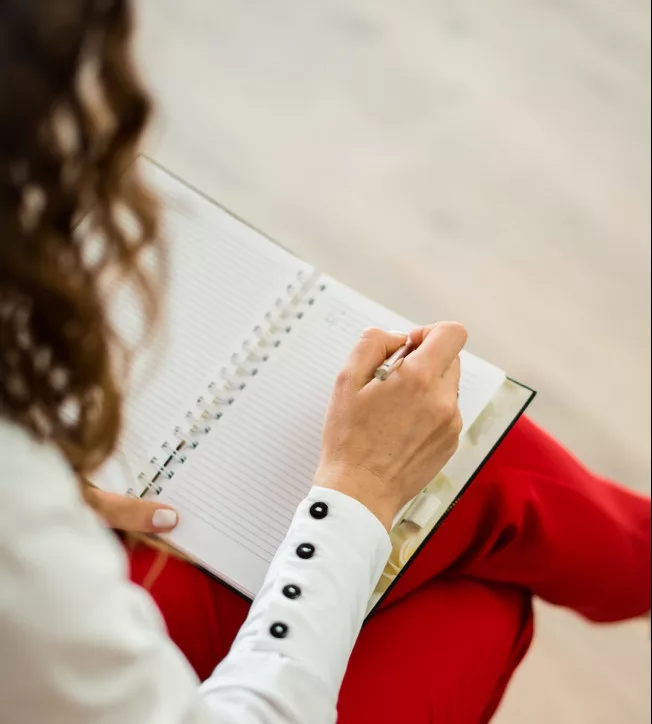
Listen attentively to their responses and validate their emotions. Offer comforting and reassuring words to let them know they are heard and understood. Imagine you are talking to a child who is innocent and in need of love.
Express gratitude to your inner child for their resilience and strength, and reassure them that you will continue to nurture and protect them.
Write a letter to Your Inner Child
Begin the letter by addressing your inner child. You can use phrases like “Dear Inner Child” or “My Beloved Inner Child” to establish a warm and loving tone.
Start by acknowledging the pain and challenges your inner child has experienced. Validate their emotions and let them know that you understand their struggles.
Express your unconditional love and acceptance for your inner child. Remind them that they are deserving of love, care, and happiness.
Apologize for any times when their needs were not met or when they felt neglected or abandoned. Take responsibility for any actions or situations that may have caused harm.
Offer words of comfort, reassurance, and encouragement. Let your inner child know that you are there for them, and that you will always support and protect them.
Share your commitment to healing and nurturing your inner child. Promise to create a safe and loving environment where they can grow, thrive, and express themselves freely.
End the letter with words of gratitude and appreciation for your inner child’s resilience and strength. Let them know that they are an important part of who you are today.

Take a moment to read the letter aloud to yourself, allowing the emotions and healing energy to flow through you. You can also choose to keep the letter in a safe place and revisit it whenever you need to reconnect with your inner child.
Setting internal boundaries
The final healing your inner child exercises that I always practice is setting internal boundaries.
Internal boundaries refer to the limits we set for ourselves in terms of behavior, thoughts, emotions, and relationships. They define the standards and values we uphold to protect our mental, emotional, and physical well-being. As adults, we have the power to choose how we respond to various situations. Establishing boundaries helps us define what is personally acceptable and what is not.
For example, don’t make plans if you are needing rest. Don’t engage in conversations with people or about topics that make you uncomfortable. If someone is discussing a subject that you find difficult, you can politely shift the conversation to a different topic.
I just want to say, people will respect you more when you know how to say no.

To setting out your inner boundaries, you can take some time to reflect and answer the following questions:
- What commitments am I willing to make to support my personal growth and well-being? (e.g., being honest and vulnerable with myself, prioritize myself, give myself space and time to process my feelings before react, keeping a gratitude journal)
- What behaviors or actions am I not willing to engage in, as they undermine my well-being? (e.g., yelling, screaming, or being demanding of others, doing something just because others told me to)
Once you have identified your commitments and boundaries, it is essential to honor them. Remember, setting internal boundaries is an act of self-love and self-respect.
I hope my suggestions of these healing your inner child exercises will be beneficial for you.
Remember, healing is a gradual process, so be patient and gentle with yourself as you embark on this journey. Embrace self-compassion and celebrate the progress, no matter how small. With each step, you are nurturing a profound connection with your inner self, fostering emotional well-being, and paving the way for a more authentic and fulfilling life


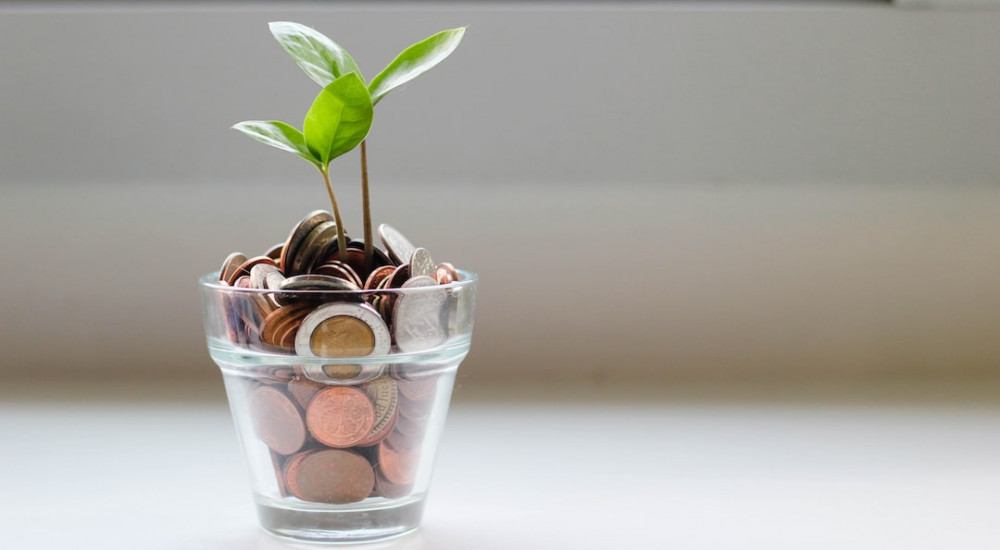

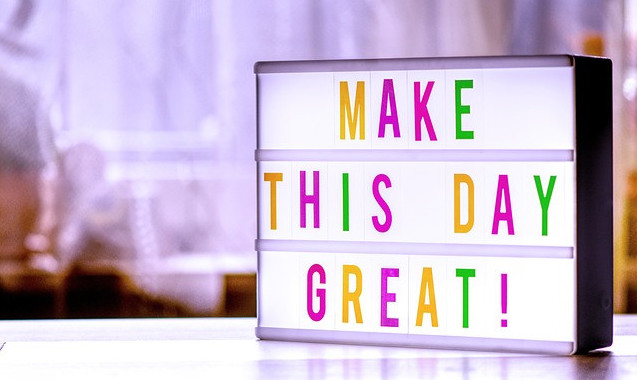
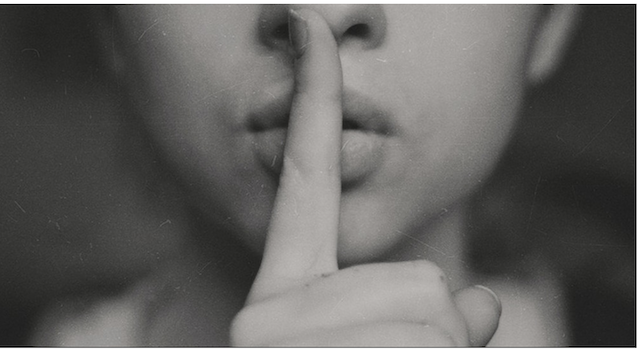

Hey there!
Healing our inner child is fascinating. Childhood experiences shape our emotions, behaviors, and relationships as adults. The post shares simple yet effective healing exercises.
Reparenting involves acknowledging and validating our inner child’s emotions, creating a safe space for healing and expressing emotions without judgment.
The inner child dialogue method involves having a conversation with our inner child, understanding their feelings and needs. Writing a letter to our inner child expresses love, acceptance, and commitment to their well-being.
Setting internal boundaries is crucial for our well-being. It empowers us to protect our mental, emotional, and physical health. Have you tried healing your inner child? How has it impacted your life?
Hi Israel,
Thank you for sharing your thoughts and opinions.
I have always tried to incorporate inner child healing exercises into my life, and they have tremendously helped me in healing my anxiety and insecurities.
It is true that past traumas can sometimes lead us to disregard our inherent worthiness. However, through dedicated inner child work, we can gradually unveil and reconnect with the profound sense of worth that resides within us.
Hi There
The emotional, behavioral, and relational health of an individual greatly depends on their ability to heal their inner child.
Reparenting, inner-child dialogue therapy, and writing an open letter of love, acceptance, and dedication are all straightforward yet powerful healing practices.
Maintaining our mental, emotional, and physical well-being requires us to set personal boundaries and attend to the demands of our inner child. How has mending wounds from your childhood affected your life?
Very Good Article Lots of points were covered
Elke